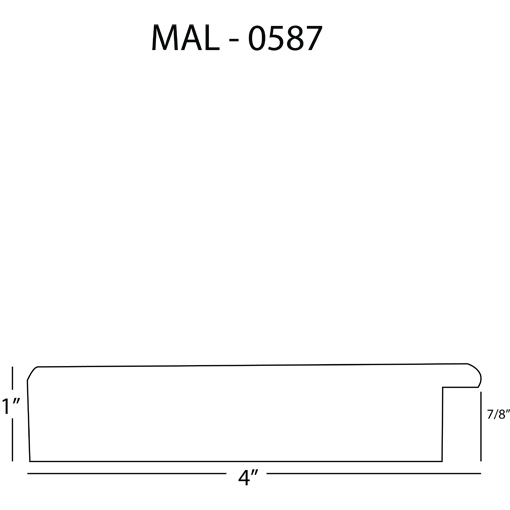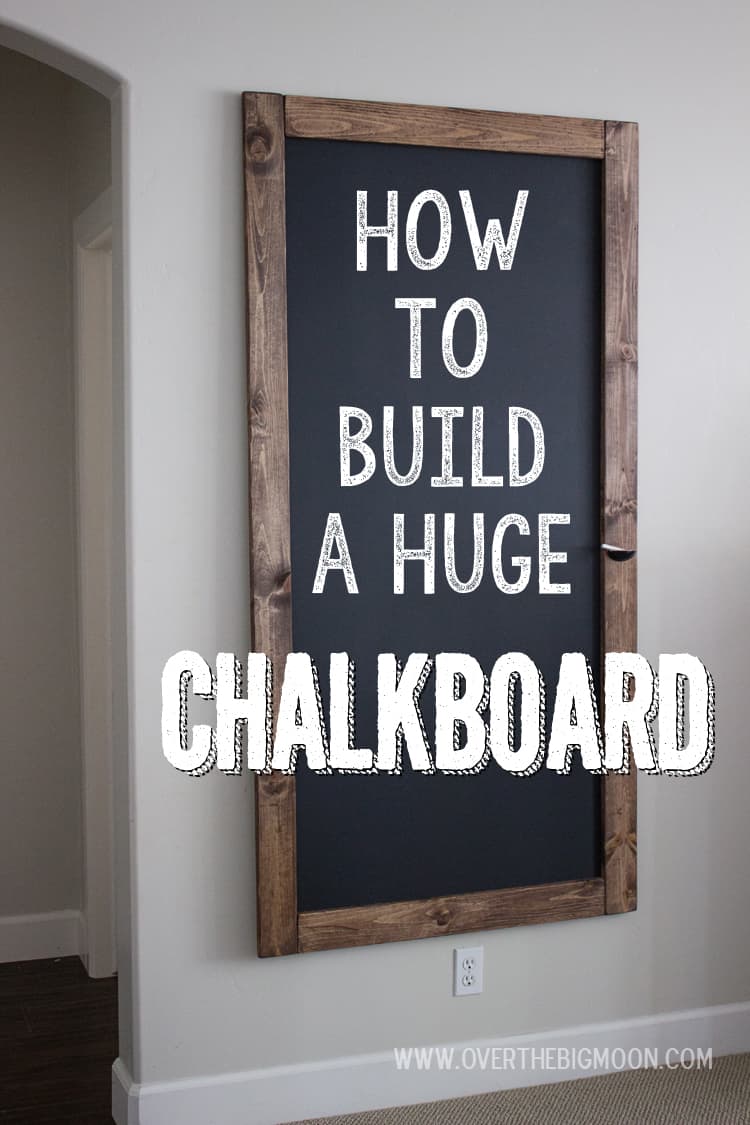

The coating must be at least 0.0025 inches (.062 mm) thick.

In this case, the slip is usually made from silica, and applied to both sides of the steel sheet by passing it through a coating chamber. A slip is a mixture of clay or another organic compound applied to a surface during the manufacture of porcelain or other ceramics. 2 Next, a slip is applied to the sheets of steel.When this step is completed, the steel is again inspected for flaws and imperfections. This chamber washes, rinses, and dries the steel. Next, the large sheets are sent into a chemical washer. This steel is cold-rolled and inspected for irregularities upon arrival. 1 The manufacture of chalkboards begins when large sheets of steel in desired sizes enter the manufacturing facility from an outside supplier.The size of the board may be as large as 120" x 48" for classroom use 42" x 25" for basketball court layout or 72" x 48" for stand-alone, moveable boards. Such lines are typically painted on the surface, but may also be fused onto the enamel during the manufacturing process. A basketball team might use a chalkboard with a court layout to go over game strategies. Might request classroom chalkboards with musical staffs imprinted on the surface. A music department of a college or university, for example, They can be customized during the manufacturing process to include special graphic elements. The most common hues are green and black, although shades of brown, blue, and gray are also available. DesignĬhalkboards can be manufactured in a variety of sizes, styles, and colors. The surface of a chalkboard is usually a blend of inorganic compounds such as a powdered glass opacifier and oxides, an organic element that provides color to the coating material. Silica is found in most rocks and is a common ingredient in many glass and ceramic products. Found in the crust of the earth, silicon is a tough compound and is called silica when combined with oxygen. Another crucial element is silica, a crystalline compound derived from quartz or similar minerals. There are several thicknesses of steel used in the manufacture of chalkboards, but the most common is 22-gauge. In this particular manufacturing process, a tough and durable material such as steel is used as the base. Most modern chalkboards are made of porcelain enamel. In other cases, a combination of lime, plaster of Paris (a white powdery substance), and lampblack (fine black soot) was spread on the classroom wall. The early chalkboards were simple pine boards painted black. A minister, Hall founded Vermont's Concord Academy, one of the first formal training schools for American teachers. It was developed by a leading educator of the day, Samuel Reed Hall. The chalkboard of modern times was patented in 1823. From the reading board came the concept of one general chalkboard for all students in the classroom to both view and use.

This was a strip of about 15 inches (38 cm) in length, also containing the alphabet and other learning aids, that was hung at the front of the late 18th-century classroom. The hornbooks were small objects, sometimes with a hole at the bottom so they could be tied on a string and worn about the neck.Įventually the hornbook evolved into the reading board. A typical hornbook would carry both the Lord's Prayer and the alphabet, and a translucent sheet of animal horn covered the paper. On the paper were a variety of learning aids in small print.

The hornbook was a strip of wood with a piece of paper fastened onto it. This item had been in use in schools of medieval England, and by the time of the Revolutionary War era in colonial America, it was carried by legions of students. The forerunner of the chalkboard was the small, paddle-shaped hornbook. The origins of the chalkboard date back to the early decades of the 19th century. While chalkboards can be manufactured from a variety of materials, porcelain enamel is the most common material used in today's chalkboard. The device is generally used for educational purposes, but it can also be found in the workplace, the home, and restaurants. The chalkboard is a flat, vertical writing surface on which anything can be inscribed by means of a piece of chalk.


 0 kommentar(er)
0 kommentar(er)
